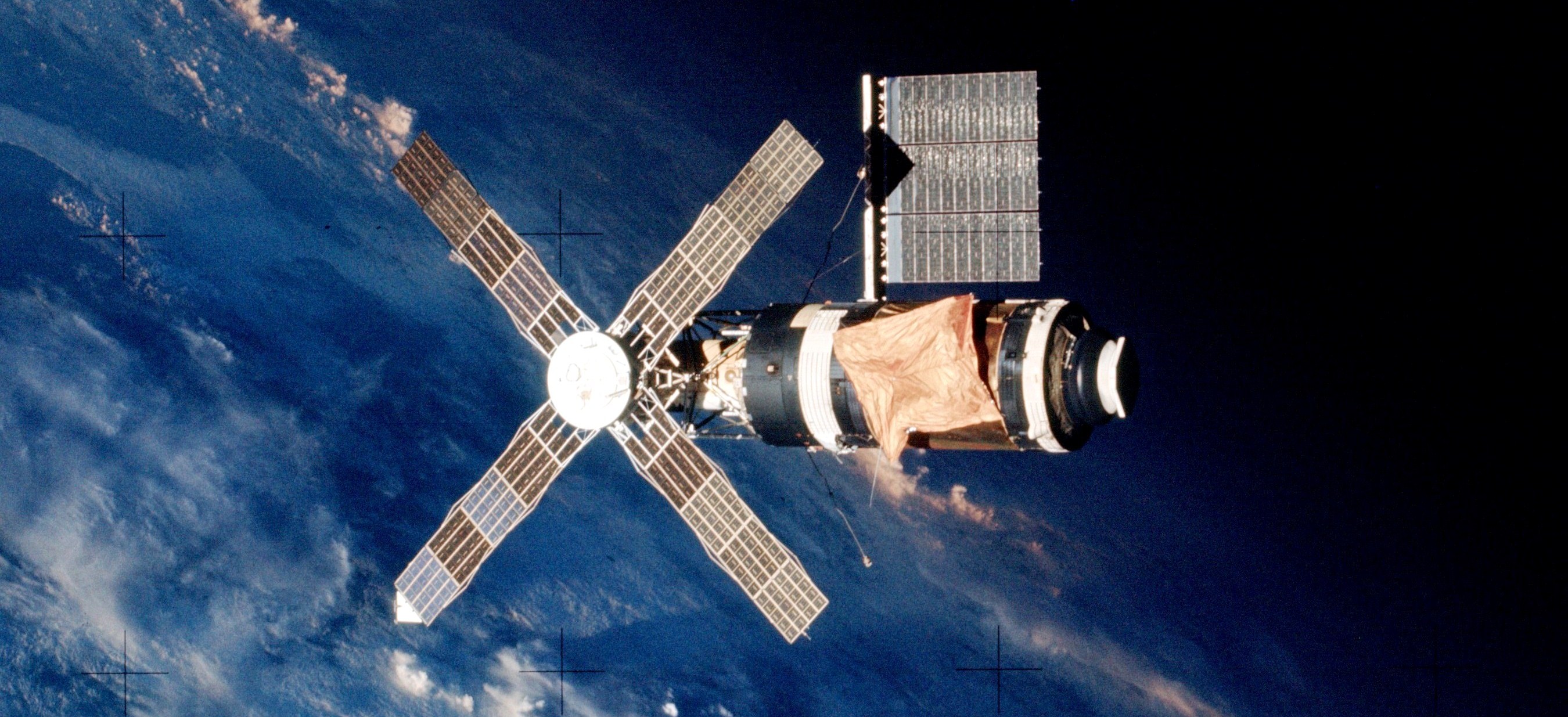SpaceX looks for permission to launch a 4,425 satellite in order to install high speed internet across the world.
Elon Musk first announced his initial plan back in January with an estimated cost of at least £8,000,000,000. A hefty sum to say the least, but with Musk, the company, their backers such as Alphabet’s Google Inc and Fidelity Investments, and banks it seems entirely possible that this sum could be achieved; especially if governments decide to intervene.
The initial part of the plan is to first cover the United States which would require around 800 satellites, they would do this with their upcoming Falcon Heavy rockets which could contain up to 50 satellites per rocket. Each satellite without solar panels would weigh around 390kg or the weight of a small Arabian riding horse. These satellites would be in geostationary orbits ranging from 714 to 823 miles.
There is intended to be 83 different orbital planes providing individual users with bandwidths of up to one Gigabyte per second. This compared to Virgin’s current highest one on offer with download speeds of 200 Megabytes per second seems like a huge improvement, although we will have to wait and see, based on the relative costs of each provider, if this will actually be the case.
SpaceX’s plans are still however a massive leap. If they succeed they will have almost tripled the number of satellites in space. The current number being 2,271 as stated by the Space Flight centre – with over half being from Russia. Russia obviously being the first to launch a satellite: Sputnik1.
“If they succeed they will have almost tripled the number of satellites in space.”
With this project it seems that the likelihood of in orbit collisions will drastically increase. Most likely this won’t happen, but for argument’s and interest’s sake let’s go into what might happen. NASA scientist Donald J. Kessler came up with a hypothesis back in the late 70s and named it the Kessler Syndrome.
Kessler Syndrome is a scenario in which satellites in low orbit collide causing debris to form. This debris could then continue to orbit and collide into other satellites causing a chain reaction leading to so much debris in orbit that space travel may become unfeasible, due to the debris destroying or misdirecting any projectile sent into space.
However, unlike many news outlets that exist, I have no idea whether the scenario is at all likely if the number of satellites were near to 7000. So no need to worry, or maybe you should, just look forward to what mad plans Elon Musk and his wacky businesses’ have in store for us in the future.
IMAGE: Wikipedia



